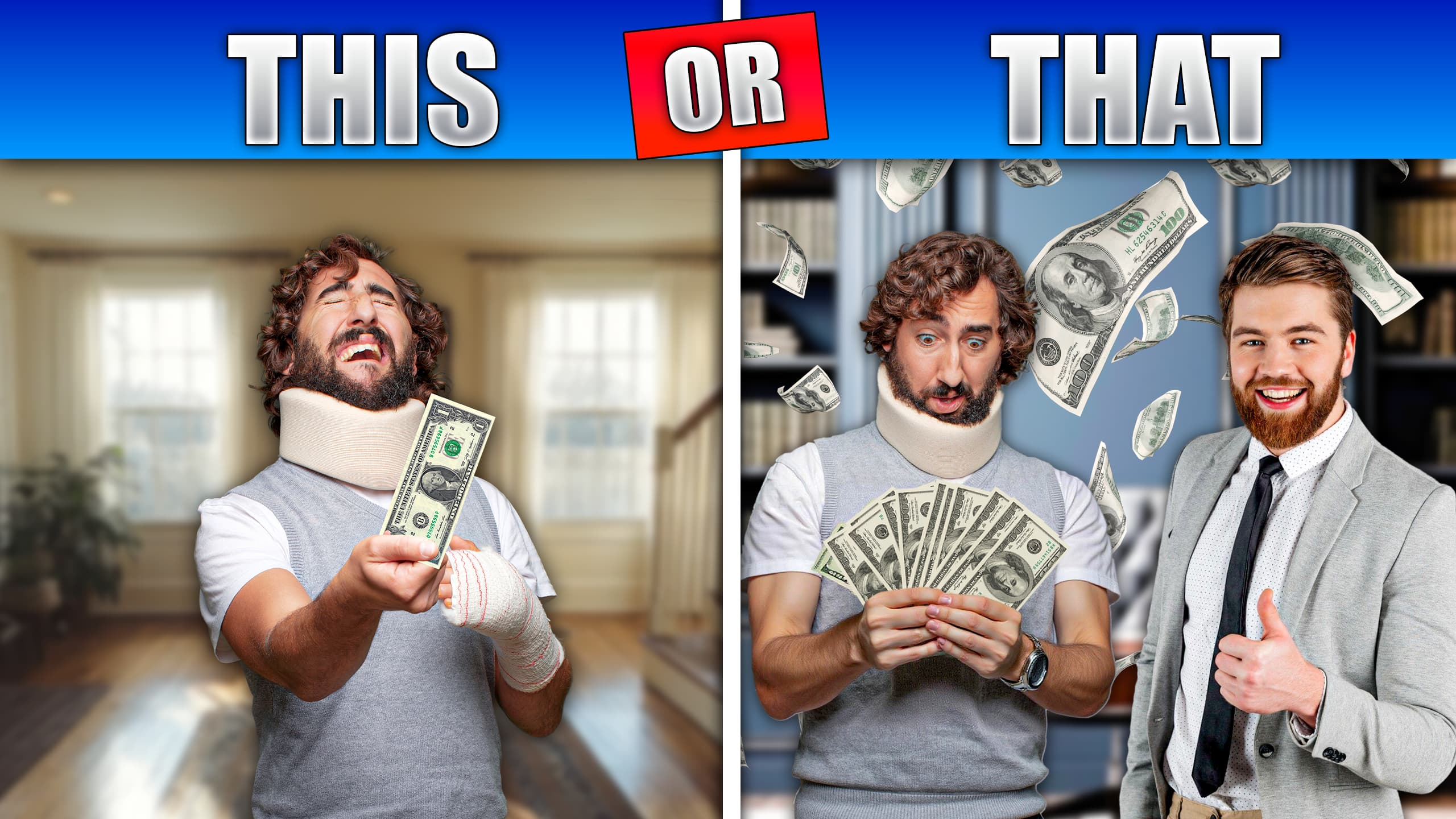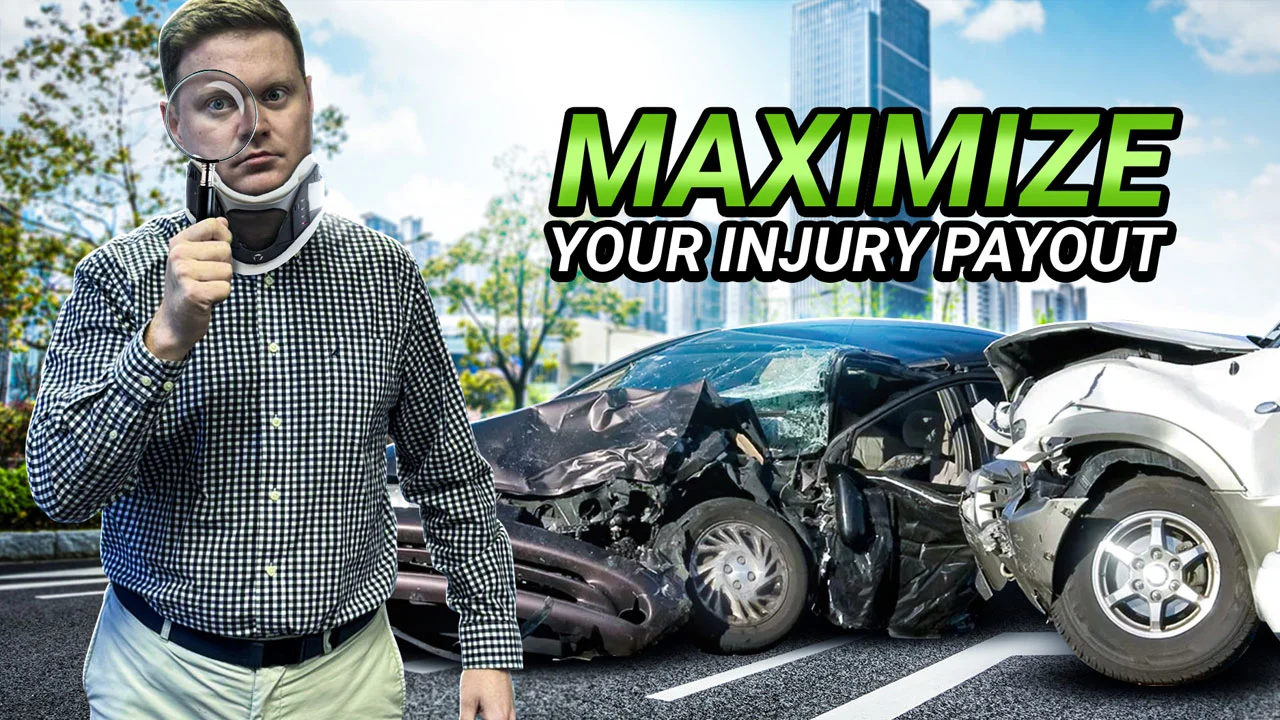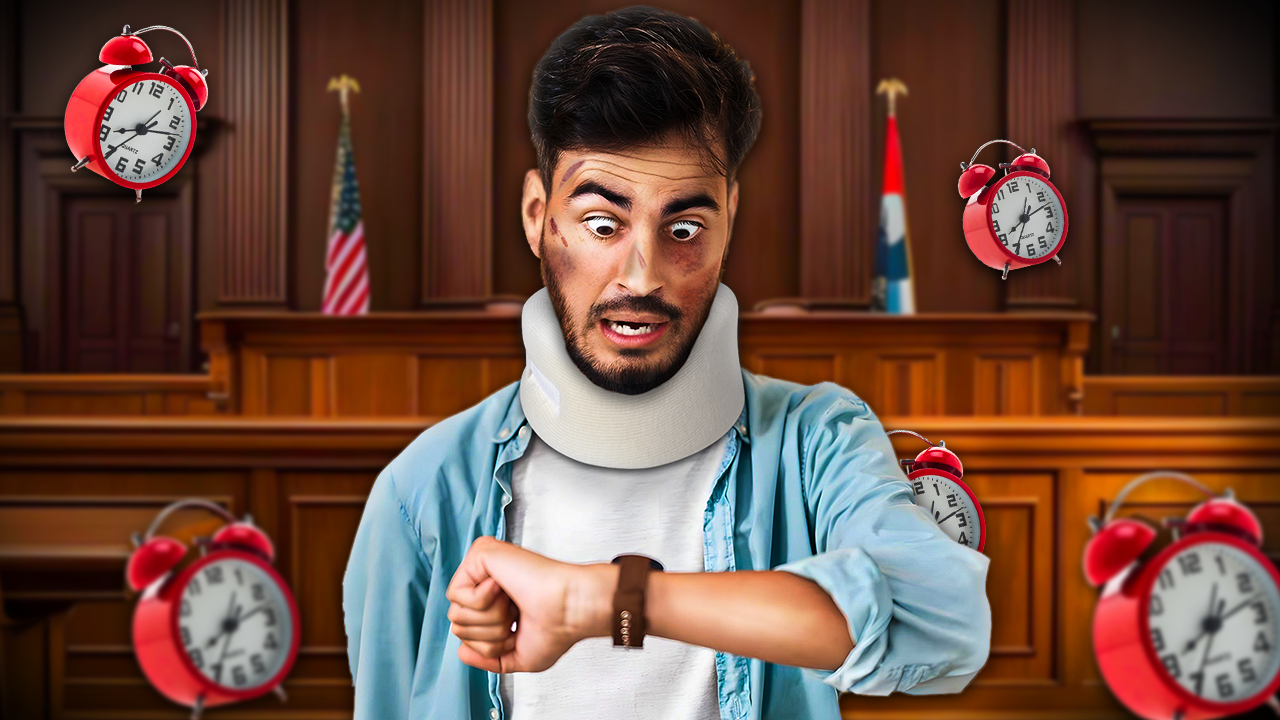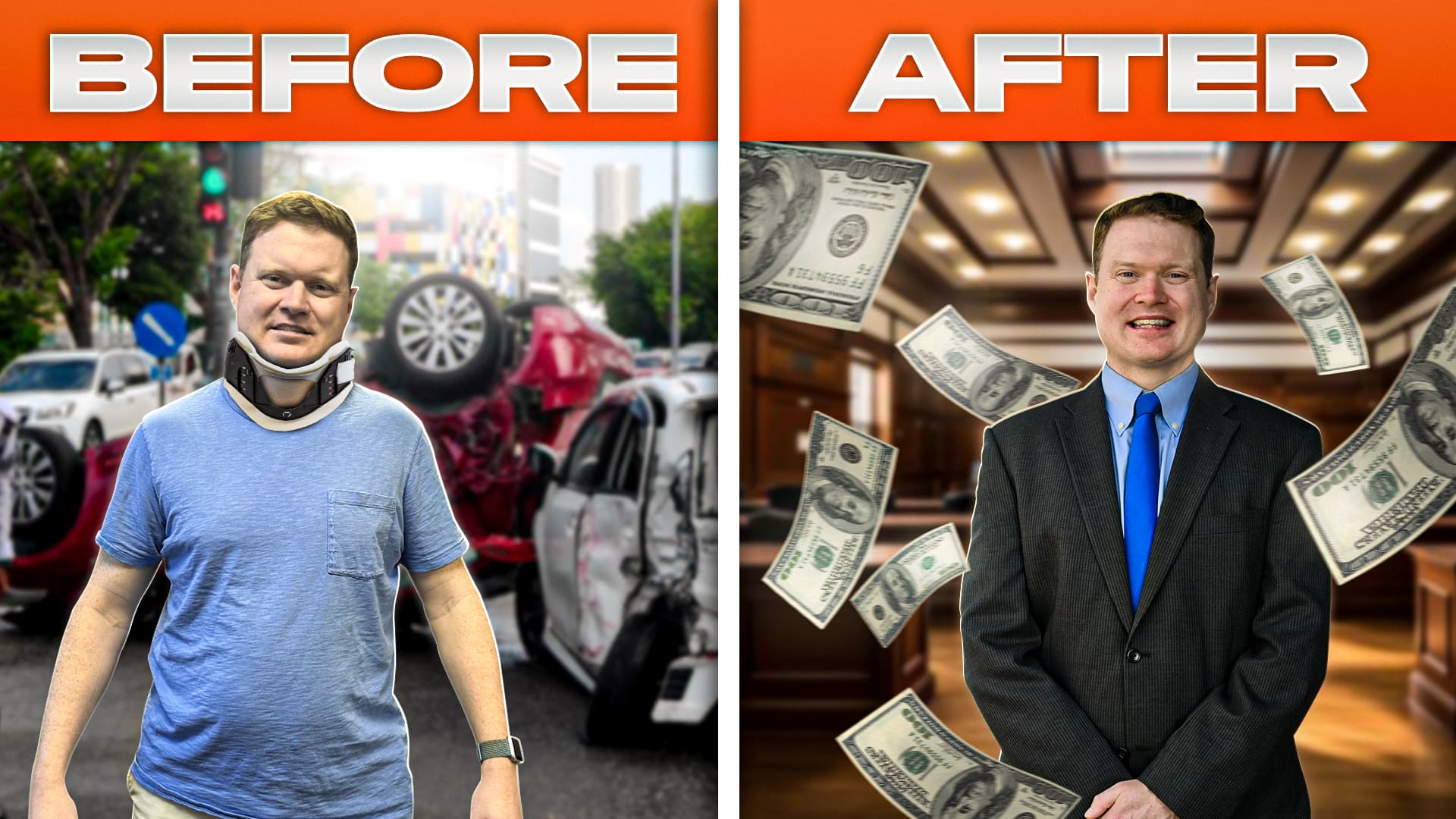Introduction
Winning an injury case can be difficult. Insurance adjusters will tell you that you should take a low settlement now because you have no shot at winning much in your case. I’ve seen this time and time again. You see, I spent years working on behalf of insurance companies defending personal injury claims in court. To win an injury case, you will need the necessary evidence to prove liability against another party. Let me tell you the story of my past client, Naomi. If you have been injured in an accident you should consider speaking with a Louisville car accident attorney.
Naomi’s Story
Naomi was struck by a vehicle when she was a pedestrian, but what I’m about to teach in this video will apply to any type of injury case, including automobile accidents, slip and trip and fall incidents, and any other type of injury case.
Initial Concerns
During my first conversation with Naomi, she told me there was probably nothing I could do for her as she was likely at fault for the accident. She only called because she wanted to make sure that she absolutely did not have a case. Naomi admitted that she had drunk some alcoholic beverages the night of the incident shortly before it occurred. She also admitted that she was in an argument with a family member when the incident happened. She recalled very few other details about the incident. She did not know if she had the right-of-way because she did not know if the crosswalk light was signaling to her that it was safe to cross the street. She admitted to being caught up in the argument and not really paying attention to whether it was safe to cross.
Gathering Evidence
Despite Naomi’s uncertainty, I wanted to help her. When Naomi became my client, I told her to focus on her medical treatment while I investigated how the accident happened. My team and I immediately began investigating her case. We contacted all the businesses near the intersection where Naomi’s incident occurred to see if they had any surveillance footage that caught the incident on video. Fortunately, we were able to track down two separate videos depicting Naomi’s incident.
Video Evidence
Several things stood out from me after I watched both videos:
- Naomi had clearly been in the intersection for some time before being struck by the driver, having even almost cleared the driver’s lane of travel.
- The impact flipped Naomi into the air.
- Despite Naomi being clearly in the intersection, it was obvious the driver did not slam on his brakes until he struck Naomi’s body. I was able to tell this because his brake lights did not illuminate until after his vehicle impacted Naomi’s body.
- After slamming on his brakes, despite traveling at least 25 miles per hour, he was able to bring his vehicle to a complete stop mere feet after slamming on his brakes.
- Naomi was well in the intersection and in the driver’s lane of travel before he even entered the intersection.
- The driver’s light turned yellow as he entered the intersection. Instead of using caution, he struck Naomi, flipping her body into the air.
Proving Liability
These videos were all I needed to piece together an argument that the driver shared some liability for this accident. It was clear I now had some arguments that the driver was at least partially at fault for this incident. And per the law in Kentucky, that is good enough since Kentucky is what is known as a pure comparative negligence state. If you can show that another party is at least partially at fault for the accident, you are entitled to at least partial compensation for your damages from that party.
Settlement Negotiations
Naomi wrapped up her medical treatment after a few months. My office then gathered all of Naomi’s medical records and bills. I sent a written demand to the driver’s insurance company to kick off settlement negotiations. After several rounds of negotiations, we ended up settling Naomi’s case for $75,000. If we could have proven the driver was 100% at fault, we certainly could have gotten Naomi more money. But on a good day in court, if the case had to go to a jury trial, we estimated we would only be getting maybe 50% of her damages against the other driver. So Naomi decided to take the $75,000 settlement rather than risking it and possibly getting zero if we took her case to court.
Conclusion
When Naomi first called me, she had almost no hope we would be able to get any compensation for her. She was going through a very difficult time and feeling hopeless. But we refused to give up on her case until we knew all the facts that we could possibly find out about her accident. We tracked down the surveillance footage after contacting several nearby companies. Without the surveillance footage, I do not think we would get much if any compensation for Naomi, certainly not the $75,000 we were able to obtain for her.
If you have been involved in an accident and are not sure if you would be able to make a financial recovery on your case because you are not entirely sure if you were at fault or another party is, you need to do more digging. Investigate your case further. Track down surveillance footage. Track down witnesses to see what they say about you. Take photos of the accident scene or go to the scene of your accident and take photos even if it’s a day or two after your accident. It’s better than not taking any photos at all. Just because you initially think your case is not winnable does not mean your case is in fact unwinnable.
Despite Naomi initially thinking she had no chance of getting any compensation for her injury case, Naomi’s case ended up being winnable after all.
Final Thoughts
The thing is, just because you have now discovered evidence suggesting another party is at least partially at fault for your accident, it does not mean the insurance company will just roll over and offer you a fair and reasonable settlement to resolve your case. You see, it is often the case that you must prepare to take your injury case to trial. In this video about to pop up here, I’ll tell you why preparing to take your injury case the distance can often get you a fair settlement.
Lastly, if you’ve been injured in a car accident, slip or trip and fall incident, or dog attack incident in Kentucky, remember: don’t wait. Call Tate.








Recent Comments